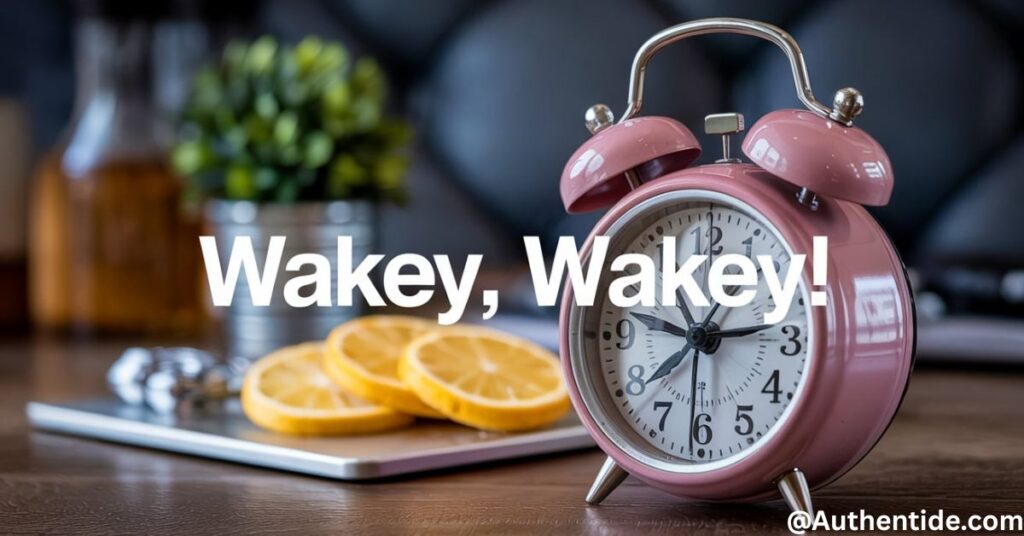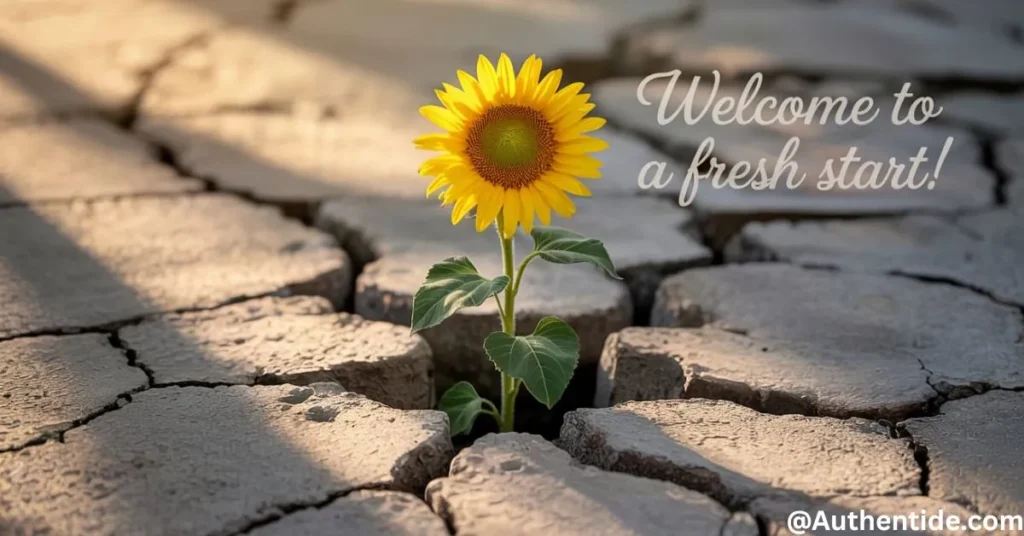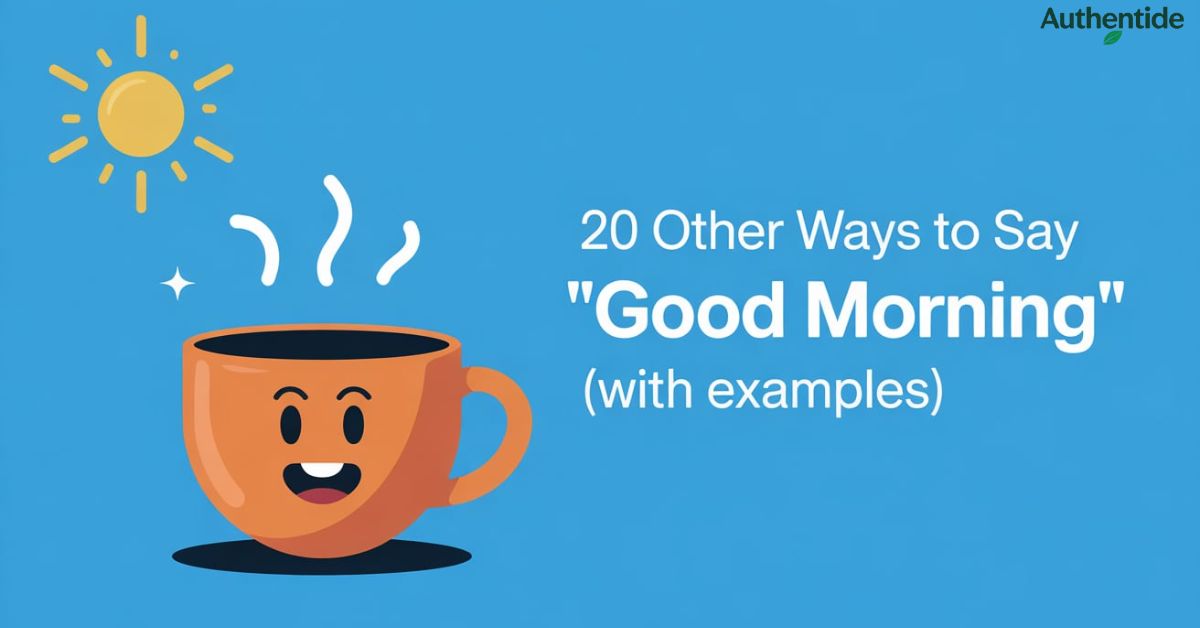Good morning alternatives enrich our daily interactions, adding freshness to what could otherwise become a mundane ritual. The simple act of varying your morning greeting can brighten someone’s day and reflect your personality, mood, or the relationship you share with the recipient. In this comprehensive guide, we’ll explore twenty creative ways to greet someone as the sun rises, complete with practical scenarios that demonstrate how to use these expressions effectively.
Morning greetings serve as more than just acknowledgments of a new day they establish tone, convey warmth, and open channels of communication. Whether you’re sending an email to colleagues, texting a friend, or greeting family members, having a repertoire of morning salutations at your disposal allows you to express yourself authentically while keeping your casual conversations engaging.
Language is a living tool that evolves with use, and even the most common phrases can be reimagined to create deeper connections. By exploring different ways to welcome the morning, you’re not just expanding your vocabulary you’re embracing the opportunity to make each greeting a tiny gift, customized for the recipient and the moment you share.
What to Say Instead of “Good Morning”
- “Rise and shine!”
- “Top of the morning to you!”
- “Morning, sunshine!”
- “Good day to you!”
- “Hello, beautiful morning!”
- “Greetings and salutations!”
- “How’s your morning going?”
- “Wishing you a wonderful morning!”
- “Hope your day is starting beautifully!”
- “A bright new day to you!”
- “Morning has broken!”
- “Wakey, wakey!”
- “Happy morning to you!”
- “Howdy! Ready to tackle the day?”
- “May your morning be as wonderful as you are!”
- “Sending morning cheer your way!”
- “Look alive! It’s a brand new day!”
- “Welcome to a fresh start!”
- “The early bird catches the worm!”
- “I see the day has found you well!”
is it Professional to Say: “Good Morning”Edit
Saying “Good morning” is entirely professional and widely accepted in workplace settings. It strikes the perfect balance between formality and warmth, suitable for interactions with colleagues, clients, or superiors. This universal greeting acknowledges the time of day while conveying respect and courtesy. In professional environments, “Good morning” sets a positive tone for communication and demonstrates basic etiquette without being overly casual or inappropriately formal.
Why Vary Your Morning Greetings?
Before diving into our list of good morning alternatives, let’s understand why varying your morning expressions matters. Using the same greeting repeatedly can make your interactions feel mechanical and impersonal. By employing various forms of morning greetings, you:
- Personalize your communications to suit different relationships and contexts
- Show thoughtfulness by customizing your approach based on the recipient
- Break monotony in daily interactions, especially with people you see regularly
- Express your mood or energy level authentically
- Demonstrate language versatility and creativity
Imagine receiving the same exact text message every morning versus getting one that feels fresh and tailored to you—which would make you smile more? That’s the power of diversifying how you say good morning.
20 Alternative Ways to Say “Good Morning”
Here are 20 Alternative Ways to Say “Good Morning” (With Example):
1. “Rise and shine!”

This cheerful expression encourages someone to wake up with enthusiasm and positivity.
Example: In a family setting with your children: “Rise and shine, kiddos! Pancakes are ready downstairs, and we’ve got a fun day ahead of us!”
2. “Top of the morning to you!”
This traditional Irish greeting carries warmth and goodwill, perfect for adding a touch of charm to your morning wishes.
Example: When meeting a colleague in the office: “Top of the morning to you, Rachel! How was your weekend getaway?”
3. “Morning, sunshine!”
A warm, affectionate greeting that compares the recipient to the brightness of the sun.
Example: In a text to your partner: “Morning, sunshine! Can’t wait to see you later. Coffee’s brewing as we speak.”
4. “Good day to you!”
A slightly formal but friendly alternative that works well in professional settings while still conveying warmth.
Example: In an email opening: “Good day to you, Mr. Thompson! I’m following up on our conversation from yesterday about the quarterly report.”
5. “Hello, beautiful morning!”
This greeting celebrates the day itself rather than directly greeting the person, creating a shared appreciation for the new day.
Example: Speaking to a roommate: “Hello, beautiful morning! Have you seen the sunrise today? It’s absolutely glorious!”
6. “Greetings and salutations!”

A playful, somewhat literary way to say hello that shows personality and flair.
Example: Starting a team meeting: “Greetings and salutations, everyone! I’m excited to share some excellent news about our project today.”
7. “How’s your morning going?”
This question-based greeting immediately engages the other person and shows interest in their experience.
Example: To a neighbor you encounter on your morning walk: “How’s your morning going, Sam? Beautiful day for a stroll, isn’t it?”
8. “Wishing you a wonderful morning!”
A genuine expression that focuses on the recipient’s well-being and sets a positive tone.
Example: In a work chat message: “Wishing you a wonderful morning, team! Looking forward to our productive session today.”
9. “Hope your day is starting beautifully!”
This phrase extends good wishes while acknowledging that the day has just begun.
Example: In a text to a friend: “Hope your day is starting beautifully, Jessica! Remember that interview you’ve been preparing for? You’re going to crush it!”
10. “A bright new day to you!”
Emphasizes the fresh start that each morning brings, perfect for motivating someone.
Example: To a student before an exam: “A bright new day to you, Marcus! You’ve studied hard, and I know you’ll do great on your test today.”
11. “Morning has broken!”
A poetic reference that celebrates the arrival of daylight, often used between friends or loved ones.
Example: When opening the curtains for your spouse: “Morning has broken, darling! Look at that radiant morning sky—isn’t it spectacular?”
12. “Wakey, wakey!”

A playful, informal morning salutation often used with close friends or family members.
Example: Roommate scenario: “Wakey, wakey, Eliza! Your coffee’s getting cold, and we need to leave in thirty minutes!”
13. “Happy morning to you!”
A cheerful, straightforward greeting that explicitly wishes happiness upon the recipient.
Example: Starting a breakfast conversation: “Happy morning to you, Dad! I made your favorite omelet to start your day right.”
14. “Howdy! Ready to tackle the day?”
This casual greeting with a motivational question works well among colleagues or teammates.
Example: In a team chat: “Howdy! Ready to tackle the day, folks? Let’s start with a quick update on yesterday’s progress.”
15. “May your morning be as wonderful as you are!”
A heartfelt, complimentary greeting that makes the recipient feel special.
Example: In a note left for a partner: “May your morning be as wonderful as you are! I’ve prepped your lunch and will see you tonight for dinner.”
16. “Sending morning cheer your way!”
This expression works beautifully in written form, especially for distant friends or relatives.
Example: In a text to your grandparent: “Sending morning cheer your way, Grandma! Just wanted you to know I’m thinking of you today.”
17. “Look alive! It’s a brand new day!”
An energetic, motivating greeting ideal for team settings or when someone needs encouragement.
Example: Coach to team before morning practice: “Look alive! It’s a brand new day, team! Today’s training will focus on building that stamina we talked about.”
18. “Welcome to a fresh start!”

This greeting emphasizes opportunity and new beginnings, perfect for motivating someone.
Example: Manager to employees on Monday: “Welcome to a fresh start, everyone! Last week was challenging, but I’m confident we’ll turn things around.”
19. “The early bird catches the worm!”
A proverb-based greeting that acknowledges and praises someone’s early rising.
Example: To a colleague who arrived early: “The early bird catches the worm! Great to see you getting a head start on the proposal, Olivia.”
20. “I see the day has found you well!”
A thoughtful observation that can start a more meaningful conversation about how someone is feeling.
Example: To a friend recovering from illness: “I see the day has found you well, Tyler! You’re looking much better—how are you feeling?”
How to Choose the Right Morning Greeting
Selecting the perfect morning phrase depends on several factors:
- Relationship context: The greeting you use with your boss will differ from what you say to your child or partner.
- Communication medium: Some expressions work better in person, while others are ideal for texts or emails.
- Cultural considerations: Be mindful that certain greetings may have different connotations across cultures.
- Time sensitivity: If someone is rushing, a brief “Morning!” might be more appropriate than an elaborate greeting.
- Personal style: Choose greetings that feel authentic to your personality rather than forcing expressions that don’t suit you.
Using Morning Greetings in Professional Settings
In professional environments, morning greetings can set the tone for workplace interactions. Here are some tips for using morning greetings effectively in business contexts:
- Keep it appropriate: “Rise and shine!” might work well with teammates you know well but could seem too casual with clients or senior management.
- Consider timing: A cheerful “Good morning, team!” works well at the start of a meeting but might interrupt focus if colleagues are already deep in work.
- Email considerations: In professional emails, your greeting sets the tone. “Good morning” remains a standard, but “I hope this message finds you well this morning” adds warmth without being too casual.
- Remote work settings: In virtual environments, text-based morning greetings in team chats help establish presence and connection despite physical distance.
Cultural Variations of Morning Greetings
Morning greetings vary fascinatingly across cultures, reflecting different values and traditions. Incorporating these international expressions can add interest to your morning salutations:
- French: “Bonjour!” – Simple but elegant, this is more than just “good morning”—it’s a wish for a good day overall.
- Spanish: “Buenos días!” – Literally “good days,” this greeting works throughout the morning hours.
- Japanese: “Ohayou gozaimasu” – Shows respect while wishing someone a good morning.
- Arabic: “Sabah al-khair” – Translates to “morning of goodness,” with the response being “Sabah an-noor” or “morning of light.”
- Italian: “Buongiorno!” – An expressive, musical way to wish someone a good day.
Learning these different ways to greet others can enrich your cross-cultural communications and demonstrate respect for diverse traditions.
Is it “Goodmorning” or “Good Morning”?
A common confusion in English expression concerns whether “good morning” should be written as one word or two. The correct form is “good morning” – two separate words. “Goodmorning” as a single word is incorrect in standard English.
This follows the pattern of other time-of-day greetings:
- Good afternoon (not goodafternoon)
- Good evening (not goodevening)
- Good night (not goodnight)
Remember this simple rule when writing emails, texts, or notes, as using the correct form reflects good language skills and attention to detail.
Creative Ways to Enhance Your Morning Greetings
To make your greetings even more meaningful, consider these enhancements:
- Add the recipient’s name: “Good morning, Daniel!” feels more personal than a generic greeting.
- Include a compliment: “Good morning! That presentation you prepared looks fantastic!”
- Reference something specific: “Good morning! Ready for your big meeting today?”
- Add weather observations: “Good morning! Isn’t this sunny weather energizing?”
- Express gratitude: “Good morning! Thank you for getting those files to me yesterday.”
Using a quality grammar checker or paraphrasing tool can help you refine these greetings for maximum impact, ensuring your message conveys exactly what you intend.
Conclusion
Mastering other ways to say good morning enriches your daily interactions and helps you connect more authentically with those around you. From the cheerful “Rise and shine!” to the thoughtful “I see the day has found you well,” each alternative greeting offers a unique opportunity to express your personality and set a positive tone for the day ahead.
Remember that the best morning greeting is one that feels natural coming from you and appropriate for your relationship with the recipient. By expanding your repertoire of morning salutations, you’re not just varying your vocabulary—you’re creating more meaningful connections from the very start of the day.
Whether you’re greeting colleagues in professional settings, messaging friends, or waking up family members, these twenty alternatives to “good morning” give you plenty of options to keep your morning wishes fresh, engaging, and heartfelt. Start experimenting with them tomorrow, and watch how such a small change can bring new energy to your daily interactions!

Your go-to place for smart synonyms and celebrity updates. Muhammad Hassan Abid is dedicated to creating useful, engaging content that informs, inspires, and truly serves your curiosity

